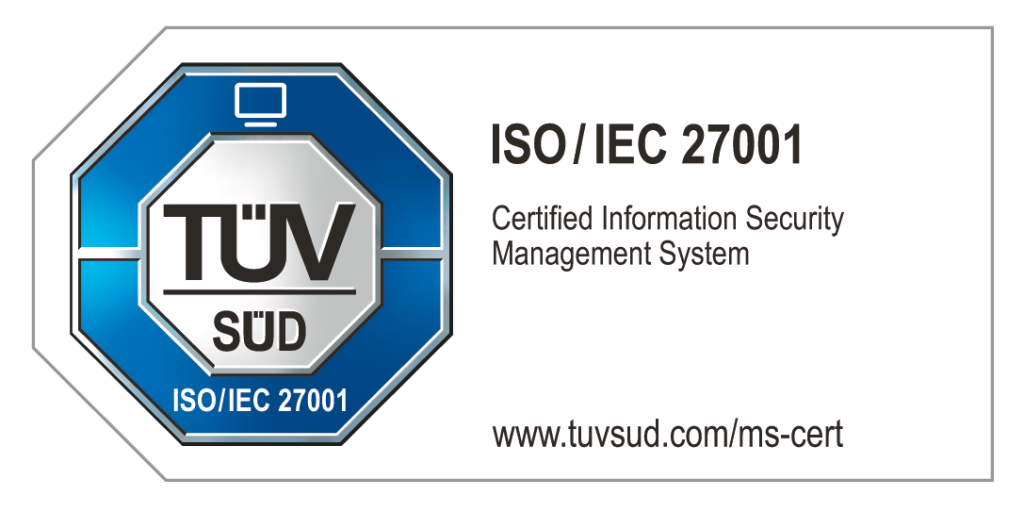In the digital age, effective communication is a cornerstone of business success. As companies grow and diversify, so do their communication needs. A single platform rarely suffices to meet all the varied requirements of a dynamic business environment. Integrating multiple communication platforms can optimize business performance, ensuring seamless interaction and collaboration across various departments. This article explores strategies for successful multi-platform integration and presents case studies of businesses that have reaped the benefits of such an approach.
The Need for Multi-Platform Integration
Modern businesses operate in complex ecosystems where communication must be agile, secure, and multifaceted. Different departments often require specialized tools to perform their functions effectively. For instance, a marketing team might rely heavily on social media and collaboration tools, while the IT department might prioritize secure messaging and incident response platforms.
Relying on a single communication platform can lead to inefficiencies and bottlenecks. According to industry reports, businesses leveraging multiple platforms for specific needs report up to 30% higher efficiency in communication and collaboration. This efficiency translates into faster decision-making, improved customer service, and enhanced overall productivity.
Tracking Performance with Dashboards
An essential aspect of multi-platform integration is the ability to track performance and ensure reliability through various dashboards:
- Dashboards Within Each Platform: Each communication platform, such as Zoom, Microsoft Teams, ULAP Voice, Simplify360, NICE, and CallCabinet, offers built-in dashboards to track performance metrics. These dashboards provide insights into usage statistics, call quality, user engagement, and other critical performance indicators. By leveraging these tools, businesses can monitor the effectiveness of each platform and make data-driven decisions to optimize their communication strategies.
- Managed Connectivity Dashboard: A managed connectivity solution often includes a centralized dashboard to monitor the overall network reliability and performance of all integrated applications and services. This dashboard allows IT administrators to track network performance, identify potential issues, and ensure that all communication tools operate smoothly. The ability to monitor network reliability across all platforms is crucial for maintaining seamless communication and preventing disruptions.
Benefits of Integration and Managed Connectivity Solutions
Integrating multiple communication platforms with a managed connectivity solution offers several benefits:
- Improved Reliability and Performance: A managed solution ensures consistent performance and reliability across all integrated platforms. IT departments can use centralized dashboards to monitor the health and performance of their communication tools, making it easier to identify and resolve issues promptly.
- Enhanced Security and Compliance: Managed solutions often come with built-in security features and compliance tools, ensuring that all communication remains secure and meets regulatory requirements.
- Scalability and Flexibility: With managed connectivity, businesses can easily scale their communication infrastructure up or down based on their needs. This flexibility is crucial for adapting to changing business environments.
- Cost Efficiency: By optimizing the use of communication platforms and eliminating redundancies, businesses can achieve significant cost savings. Managed solutions also reduce the burden on internal IT resources.
- Unified Management: Centralized dashboards provide IT administrators with a comprehensive view of all communication tools, facilitating easier management and troubleshooting.
By embracing multi-platform integration and managed connectivity solutions, businesses can create a robust, efficient, and secure communication ecosystem that supports their growth and operational needs.

